Gout is an extremely painful arthritic condition that occurs when high levels of uric acid cause crystals to form in the body’s joints and soft tissues. This can lead to inflammation, pain, and swelling.
The amount of uric acid in the body depends on the body’s natural production and excretion of uric acid, certain medications, medical conditions, and diet. Some food and beverages contain compounds called purines which break down into uric acid in the body. People with gout cannot efficiently remove excess uric acid leading to an accumulation and potential gout attacks.
If your client has a history of gout or elevated uric acid, you can help them make dietary changes and provide meal plans to reduce the frequency and severity of gout attacks. In this article we will cover:
- How to create a low purine diet.
- Key nutrition considerations for gout.
- Lifestyle interventions to prevent gout attacks.
Low Purine Meal Planning for Gout
Eating purine-rich foods frequently can increase uric acid levels, which results in gout and could be a risk factor for cardiovascular disease, kidney disease, and metabolic syndrome. Foods that are very high in purines include:
- Wild or farmed game (pheasant, quail, grouse, rabbit/hare, venison).
- Organ meats (kidney, heart, sweetbreads, liver, pâté, terrine, liver sausage, foie gras).
- Extracts of meat and yeast (Bovril, oxo, marmite, vegemite)
- Fish roe (cod roe, caviar, taramasalata).
- Scallops, herrings, mackerel, trout, anchovies, sardines, sprats, whitebait.
- Crayfish and lobster.
When evaluating whether a food puts your client at a higher risk of gout, two important points should be taken into consideration: the amount of total purines in the food and what types of purine bases are included.
Foods with a high ratio of hypoxanthine are considered to be a high risk for hyperuricemia which includes animal meats, fish meats, and some shrimps. A high intake of these foods is related to elevated serum uric acid concentrations and a higher risk of gout. Because liver and milt also contain a high amount of purines, heavy consumption of these foods is not recommended even if the purines are mainly adenine and guanine.
These high-purine foods can be substituted with low-purine items in your client's meal plan, such as dairy products, cereals, beans, vegetables, mushrooms, and soybean products. A low-purine diet can work along with medication to lower the levels of uric acid and the risk of recurring gout attacks. It can also manage pain, swelling, and inflammation of the joints.
To help support your clients with gout, That Clean Life has a ready-to-use Gout Program and Plant-Based Gout Program. These programs include a 7-day meal plan, itemized grocery list, recipes, a prep guide, and supporting evidence. The program is fully customizable based on your client’s energy needs and preferences.
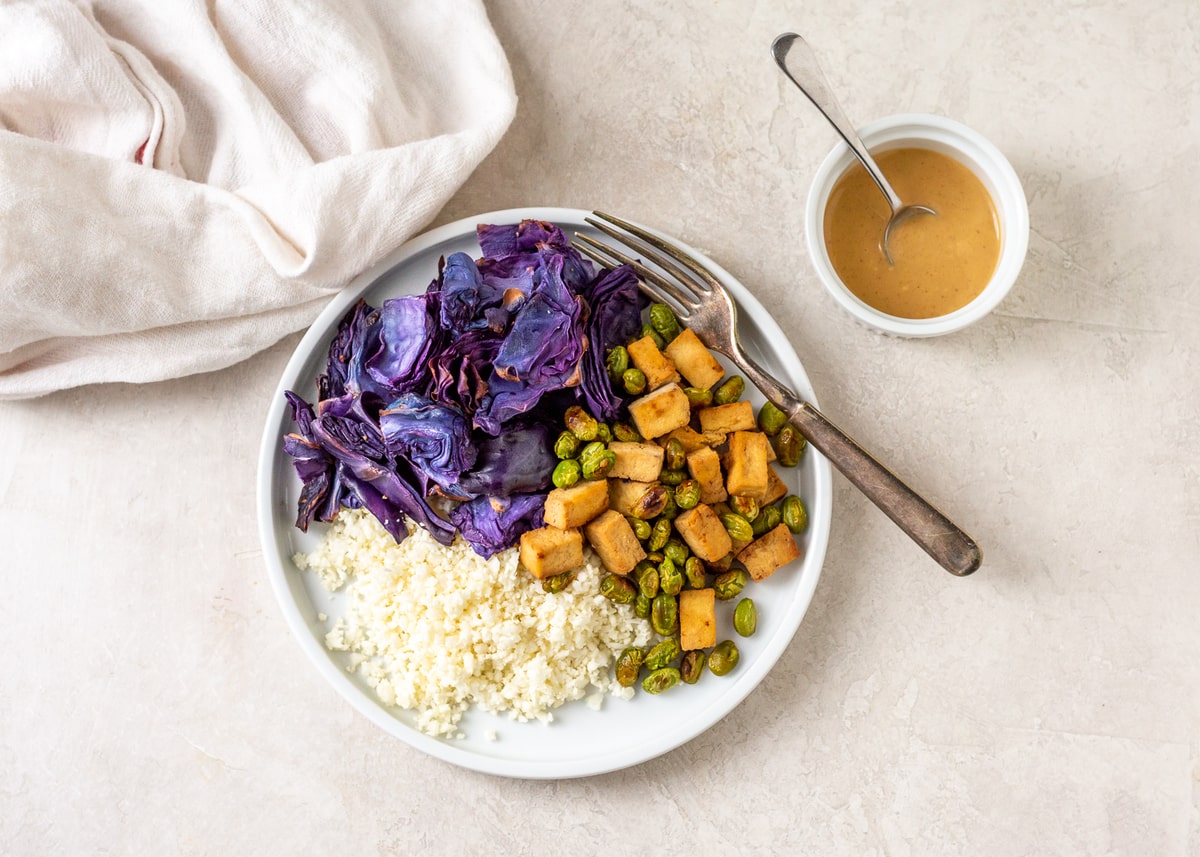
Some plant-based foods such as soy and other legumes have a higher purine-load however they have a low bioavailability of these purines and are less likely to increase uric acid levels during metabolism. In addition, many flavonoids found in legumes and other plant foods inhibit xanthine oxidase lowering the risk of gout attacks.
Tip: Log in to That Clean Life and use the "vegetarian" or "vegan" filter to find meatless recipes to add to your plan.
Other Key Nutrition Considerations for Gout
No Added Sugars
Fructose and sugar-sweetened beverages can increase the risk of gout and gout attacks, even though they’re not purine-rich. Acting through purine nucleotide degradation or de novo purine synthesis, high amounts of fructose can also lead to insulin resistance. This in turn decreases renal excretion of uric acid.
Tip: Log in to That Clean Life and use our "sugar free tag" to find recipes with no added sugars for your client's meal plan.
Vitamin C
Low levels of vitamin C are found to increase the risk of arthritis development. Getting enough vitamin C in your client’s diet helps the kidneys remove more uric acid in the urine which lowers overall uric acid levels and the risk of gout.
The mechanisms underlying this effect could be either due to competition for renal reabsorption of uric acid or increased glomerular filtration. Vitamin C also has antioxidant functions and might offset the decreased antioxidant capacity caused by lowering the level of uric acid. Grapefruit, oranges, pineapples, and strawberries are high in vitamin C, but lower in fructose so are great options to add to your client's meal plan.
Tip: Use That Clean Life's nutrition filters to easily find recipes high in vitamin C.
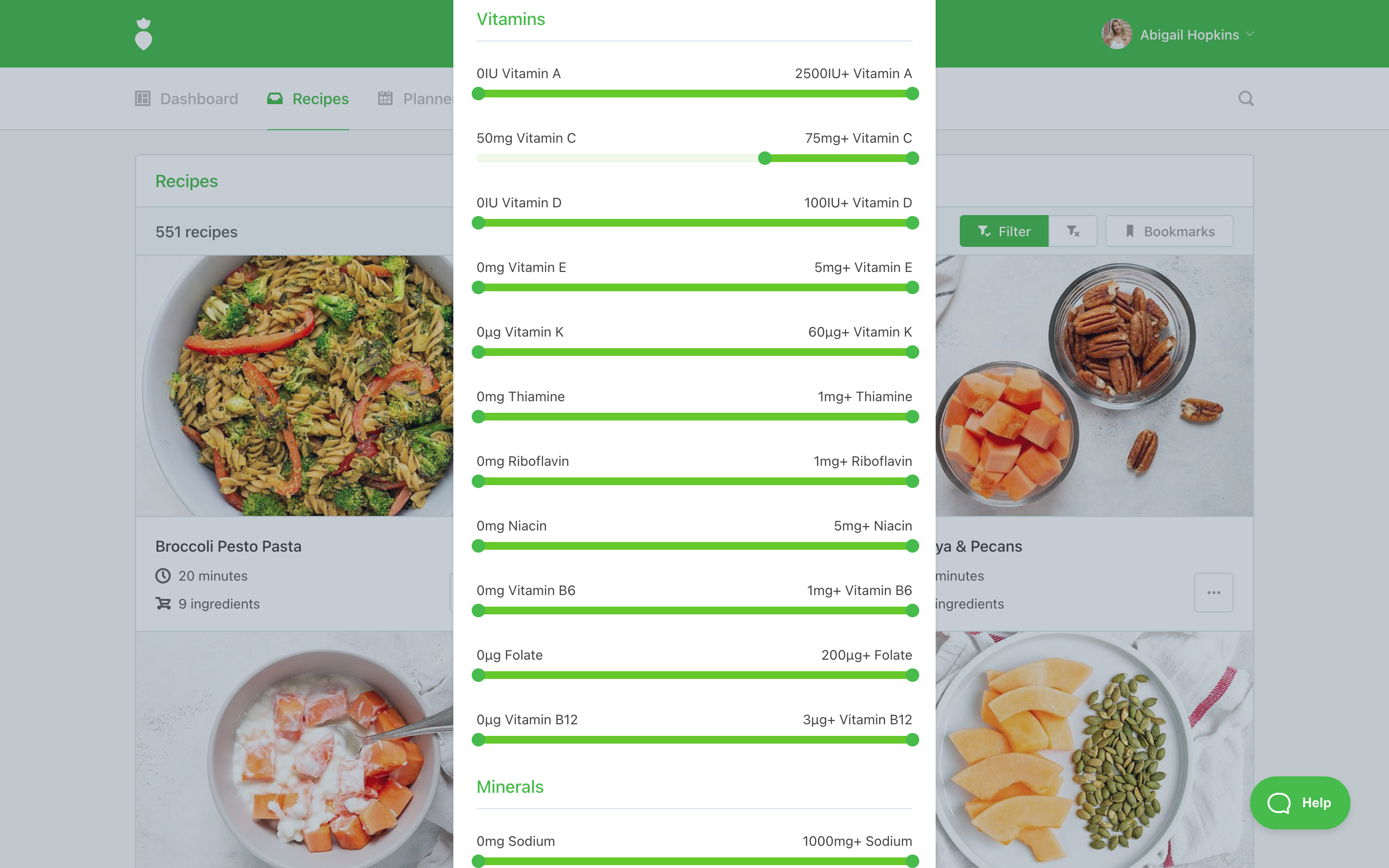
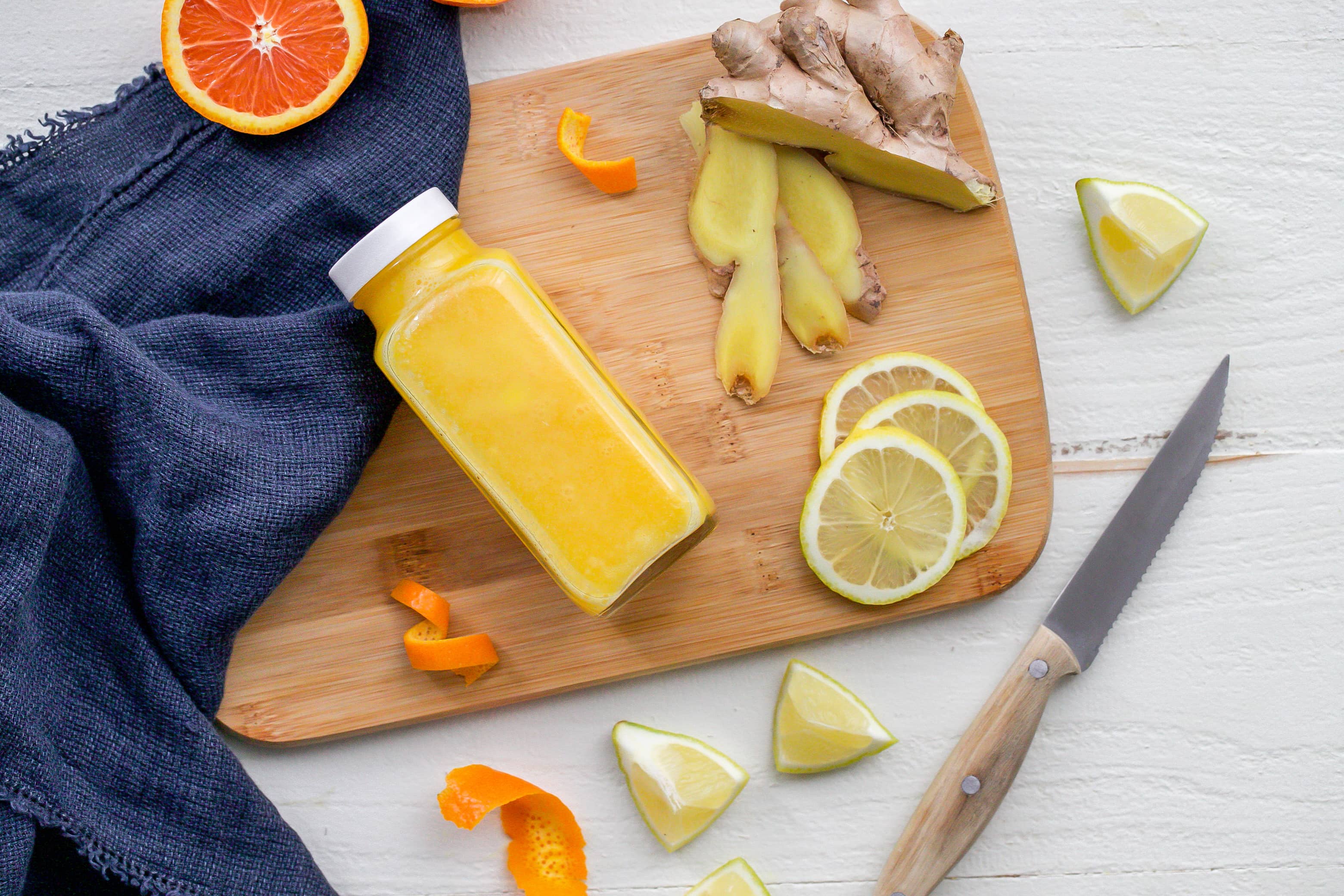
Cherries
Cherries are known to help prevent attacks by lowering uric acid levels and reducing inflammation. Cherries contain anthocyanins which have powerful antioxidant and anti-inflammatory properties and are thought to inhibit several processes involved in the acute inflammatory response to the urate crystals, and the ability to decrease bone resorption that is characteristic of gouty bone erosions.
Tip: You can filter to include the ingredient "cherries" on That Clean Life and find recipes that meet your client's preferences and nutrient needs.
Dairy and Soy Products
Research shows that low-fat dairy products and soy products may help prevent gout attacks by reducing blood uric acid levels.
Most of the purine content in soy products is lost in the tofu and soymilk manufacturing processes and is a preferable source of protein. Dairy protein has both a uricosuric and anti-inflammatory effect that is thought to be involved in the reduced risk for gout associated with the intake of low-fat dairy products.
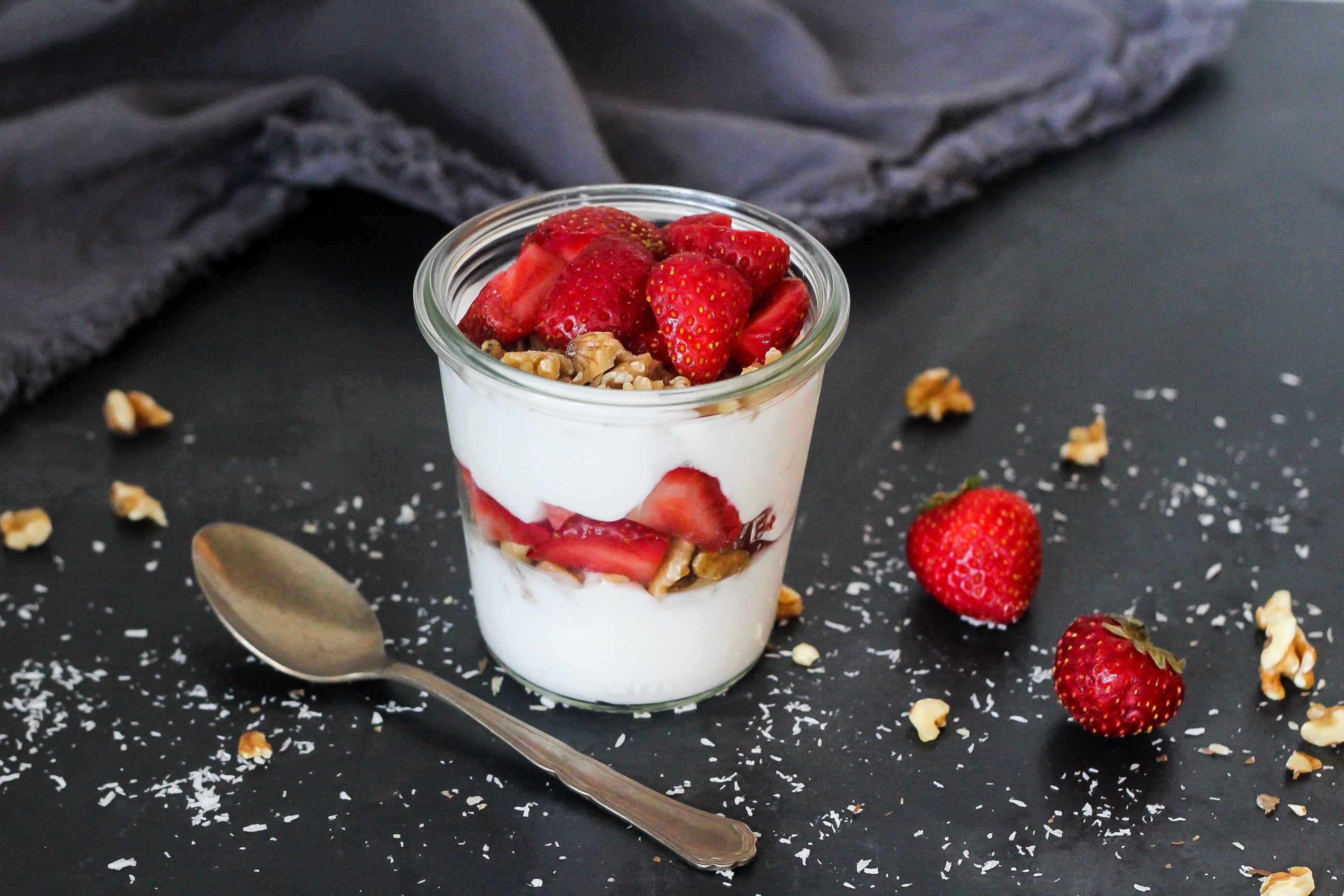
Fluid
The quantity and type of fluid consumed matters for gout prevention. Getting enough daily fluid helps to flush uric acid from the body reduces the risk of crystals forming in joints. Your client’s fluid needs will depend on their body weight, calorie intake, activity level, and the climate they live in.
Water should be your client's go-to fluid choice. They should aim to avoid sugar-sweetened beverages due to its fructose content and avoid alcohol as ethanol metabolism results in purine release and an increase in uric acid. The effect is most pronounced with beer so this beverage should be avoided completely.
Long-term coffee consumption is associated with a lower risk of gout incident and components other than caffeine may inversely affect the association between coffee and gout. However, coffee intake is a risk factor for chronic kidney disease and is associated with increased risk of fractures in women. Before advising your clients to increase their coffee intake, these risk factors should be considered carefully.
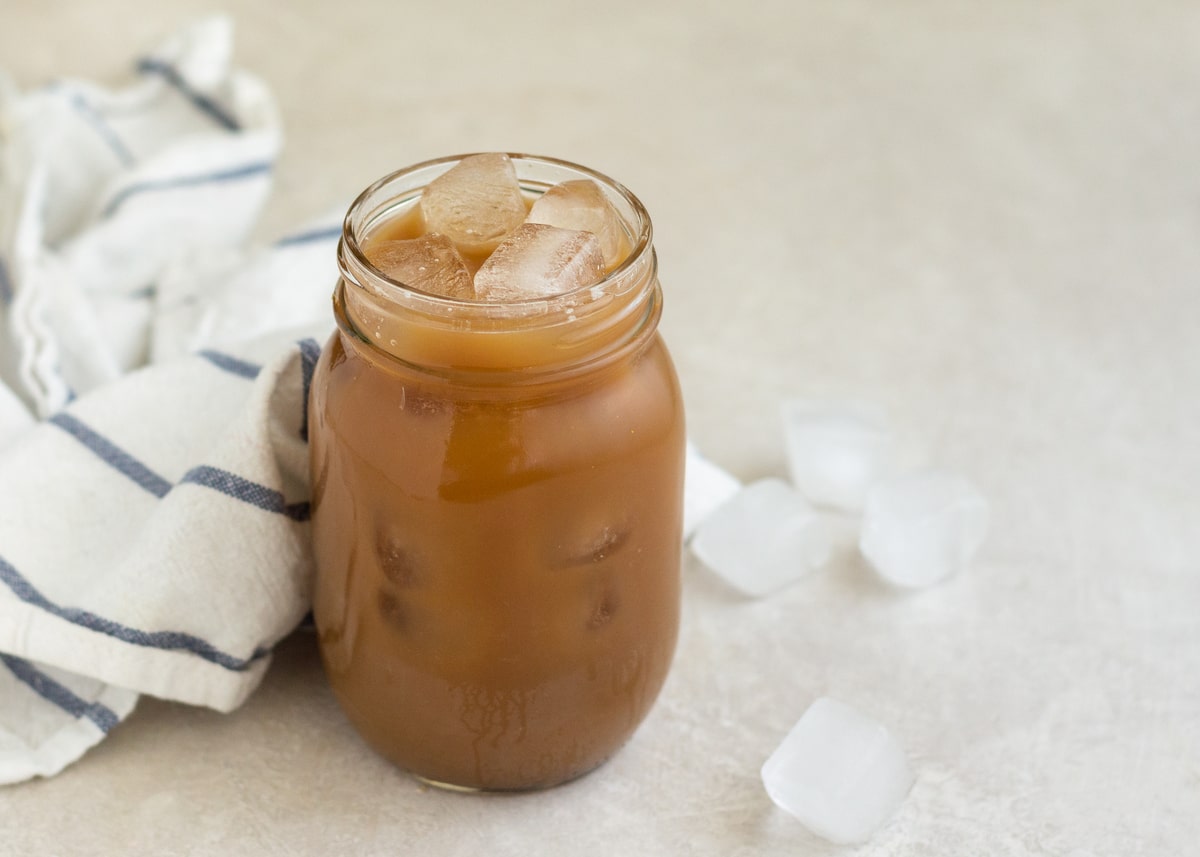
Gout also appears to increase the risk for kidney stones and consuming plenty of fluid may be helpful in reducing the risk of stone formation in gout patients. To learn more about diet and kidney stones, read A Guide to Meal Planning for Clients with Kidney Stones.
Tip: Log in to That Clean Life and use the "drink" or "smoothie" filter combined with the "sugarfree" filter to find fun and hydrating recipes to help your clients reach their daily fluid needs.
Key Lifestyle Considerations for Gout
Exercise
Physical activity is important to keep joints and cartilage healthy and help with weight management. Encourage clients to participate in a joint-friendly activity that does not put too much stress on the joints and minimizes the risk of injury such as walking, cycling, and swimming. Clients should take care to adjust their physical activities according to the gout symptoms they are experiencing. During a gout attack, rest is important to prevent further pain and swelling in joints.
Weight Management
The risk for developing gout increases with body weight. Insulin resistance is also commonly seen in those who are obese and it may be involved in the development of gout. Insulin resistance has been shown to decrease the amount of uric acid that is cleared in the urine. Weight loss has been shown to improve insulin resistance and therefore reduce uric acid levels in the blood. Lifestyle interventions which include diet, exercise, good sleep hygiene, and stress management can play a significant role in weight management.
Key Takeaways
- A low-purine diet can work along with medication to lower the levels of uric acid and risk of recurring gout attacks, manage pain, swelling, and inflammation of the joints. Add low-purine foods to your client's meal plan such as dairy products, cereals, beans, vegetables, mushrooms, and soybean products.
- Choose foods high in vitamin C such as citrus fruits as these help lower overall uric acid levels and the risk of gout.
- Cherries can help prevent attacks by lowering uric acid levels and reducing inflammation.
- Research shows that low-fat dairy products and soy products may help prevent gout attacks by reducing blood uric acid levels.
- Getting enough daily fluid helps to flush uric acid from the body reduces the risk of crystals forming in joints. Water should be your client's go-to fluid choice. They should aim to avoid sugar-sweetened beverages and alcohol. Coffee can be beneficial in lowering the risk of gout.
- Encourage clients to participate in a joint-friendly activity that does not put too much stress on the joints and minimizes the risk of injury such as walking, cycling, and swimming.
- Lifestyle interventions which include diet, exercise, good sleep hygiene, and stress management can play a significant role in weight management.
If you are already a member of That Clean Life, you are ready to start creating your Gout-Friendly Meal Plan right away! If you are not yet a member of That Clean Life, you can learn more and sign up here.

